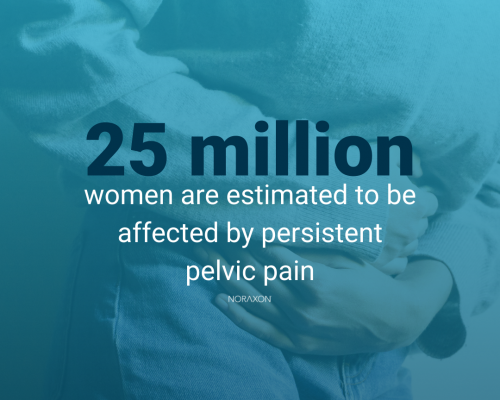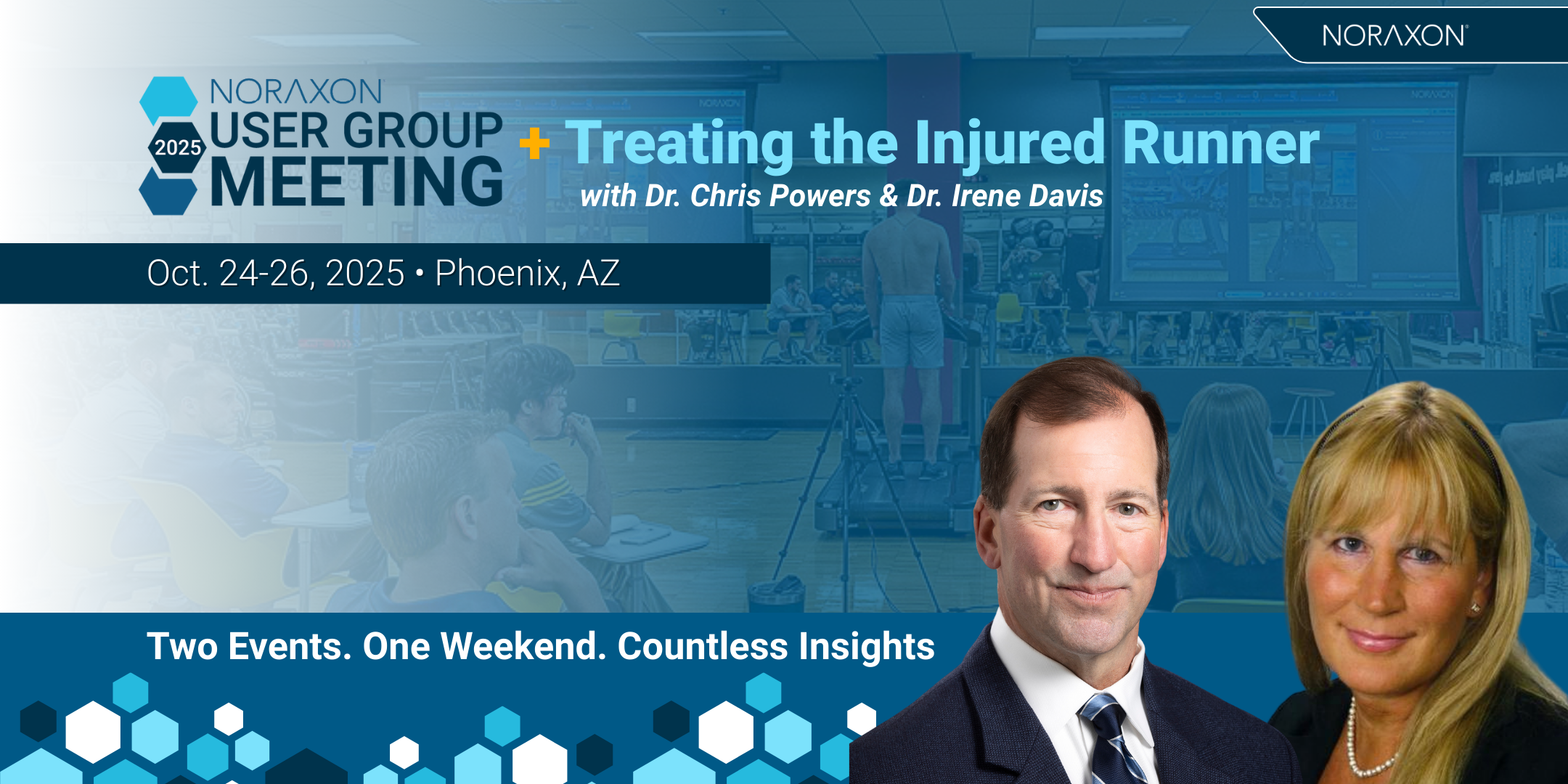In 2017, May was designated Pelvic Pain Awareness Month by the International Pelvic Pain Society. This was to highlight chronic pain symptoms that are not often talked about and to primarily focus on how chronic pelvic pain (CPP) can vary from person to person. Although pelvic pain can affect both sexes, it is estimated that 26% of the world’s female population suffers from CPP (Jama Network). In the United States (US), chronic pelvic pain is responsible for about 40% of laparoscopies and 12% of hysterectomies annually, although it may not be the initial reason for a doctor’s visit. In some instances, pelvic pain can come from nonpelvic pain disorders or non-pain comorbidities, but overall, 50% to 90% of patients with CPP have some sort of Musculoskeletal pain and dysfunction (Jama Network).

One of the most common ways to treat pelvic pain and pelvic floor dysfunction is physical therapy. Pelvic floor physical therapy is a specialized sector of physical therapy that helps to alleviate some symptoms of pain and to help the muscles work correctly again. Many times, this kind of physical therapy will include internal and external exercise with the goal in mind of easing symptoms.

This kind of therapy can greatly improve the quality of life for patients, as the purpose is to help people get back to their normal routines. Some common exercises done during a physical therapy session are:
- Trigger point therapy
- Kegels
- Electrical stimulation
- Biofeedback
In certain sessions, physical therapists may use a biofeedback tool that can help patients better understand how to strengthen and relax their pelvic floor muscles. This is a painless process that uses EMG sensors to display muscle activity onto a digital screen, allowing patients to gain sensitivity and eventually regain control of their pelvic muscles.



